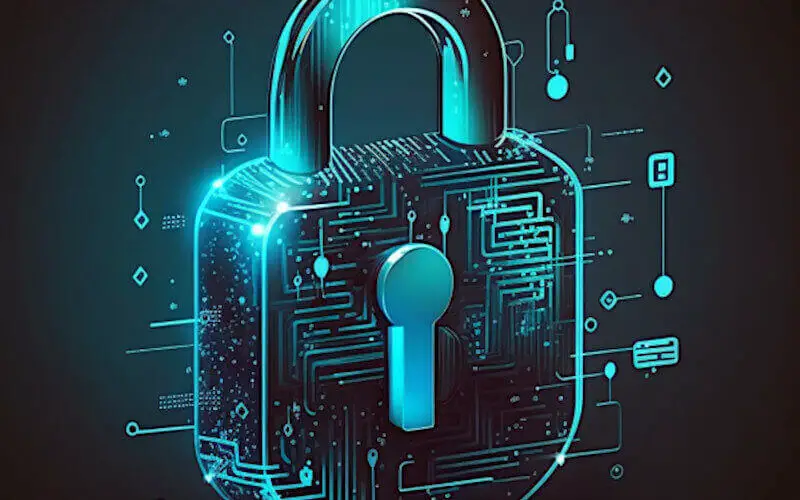Have you ever encountered an error message saying “sign_and_send_pubkey: no mutual signature supported” when establishing an SSH (Secure Shell) connection? SSH is a crucial tool for securely accessing remote systems and transferring files between them; encountering an error like this can be frustrating and confusing.
In this article, I’ll explain what the “no mutual signature algorithm” error means and how it can impact SSH connectivity. I’ll also provide solutions to help you fix the error and restore your SSH connection. So, if you’re ready to dive in and learn how to resolve this pesky error, let’s get started!
Understanding the “sign_and_send_pubkey: no mutual signature supported” Error
Before we dive into how to fix the “sign_and_send_pubkey: no mutual signature supported” error, it’s important to understand what it means and how it can impact your SSH connection.
Essentially, this error occurs when the client and server cannot agree on a mutually acceptable signature algorithm for the connection. This can happen for various reasons, such as outdated software, incompatible configuration settings, or security concerns.
When this error occurs, you won’t be able to establish an SSH connection, which can be problematic if you rely on SSH for remote access or file transfers.
Several solutions are available to help you fix the “sign_and_send_pubkey: no mutual signature supported” error and get your SSH connection working again. In the next section, I’ll walk you through some of the most effective solutions.
Solutions to fix the “sign_and_send_pubkey: no mutual signature supported” error
If you’re experiencing the “sign_and_send_pubkey: no mutual signature supported” error when trying to establish an SSH connection, several solutions can help you fix the issue.
Here are some of the most effective solutions:
- Upgrading the SSH client and server: Sometimes, the error can be caused by outdated software. You can upgrade the client and server to the latest version to fix this.
- Adding new signature algorithms to the SSH configuration: Another solution is to add new signature algorithms to the SSH configuration. This can help ensure that the client and server have a mutually acceptable algorithm for the connection.
- Checking SSH configuration for errors: There may be errors in your SSH configuration causing the issue. You can check your configuration file for any syntax errors or other issues contributing to the error.
- Disabling strict host key checking: In some cases, the error may be caused by strict host key checking. Disabling this feature can help you establish the SSH connection.
Hopefully, by trying these solutions, you can fix the “sign_and_send_pubkey: no mutual signature supported” error and get your SSH connection working again. In the next section, I’ll provide detailed steps for each solution to help you troubleshoot the issue.
How to Fix sign_and_send_pubkey: no mutual signature supported
If you’re experiencing the “sign_and_send_pubkey: no mutual signature supported” error when trying to establish an SSH connection, here are some detailed steps you can take to fix the issue:
Upgrade the SSH client and server
- First, check the current version of SSH by running the command “ssh -V” in the terminal.
- Next, download and install the latest version of SSH for both the client and server.
- Once the upgrade is complete, try establishing the SSH connection again and see if the error is resolved.
Remove the old signature algorithms in the SSH configuration
- Identify the available signature algorithms by running the command “ssh -Q mac” in the terminal.
- Your SSH client probably uses the ssh-rsa signature algorithm, but your server has that algorithm disabled. Due to the susceptibility of SHA-1, OpenSSH has disabled its signature algorithm.
- Remove the old ssh-rsa signature algorithm in the SSH configuration file (~/.ssh/config) by editing the file with a text editor like nano or vim.
- Save the changes and try establishing the SSH connection again.
Check SSH configuration for errors
- Verify the SSH configuration file location by running the command “sudo sshd -T” in the terminal.
- Check the configuration file for syntax errors or other issues contributing to the error.
- Correct any errors you find and save the changes.
- Try establishing the SSH connection again and see if the error is resolved.
Disable strict host key checking
- Edit the SSH configuration file with a text editor like nano or vim.
- Find the line “StrictHostKeyChecking” and change the value to “no.”
- Save the changes and try establishing the SSH connection again.
Following the outlined steps, you can address and resolve the “sign_and_send_pubkey: no mutual signature supported” error so your SSH connection starts working again.
Related: ssh_exchange_identification: read: connection reset by peer
Conclusion
Encountering the “sign_and_send_pubkey: no mutual signature supported” error when establishing an SSH connection can be frustrating and disruptive, but several solutions are available to help you fix the issue.
By upgrading your SSH client and server, adding new signature algorithms to the SSH configuration, checking for errors in your configuration file, or disabling strict host key checking, you can hopefully resolve the error and get your SSH connection working again.
Remember, SSH is a crucial tool for securely accessing remote systems and transferring files between them, so it’s important to troubleshoot and resolve any issues that may arise. If you continue to experience issues or have questions, don’t hesitate to seek additional support or consult the documentation for your specific SSH client and server software.
I hope this article has helped you better understand the “sign_and_send_pubkey: no mutual signature supported” error and how to fix it.






